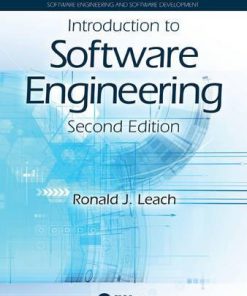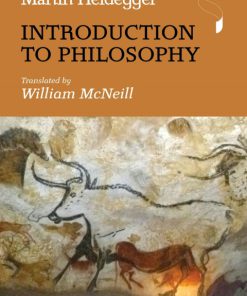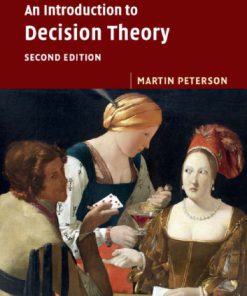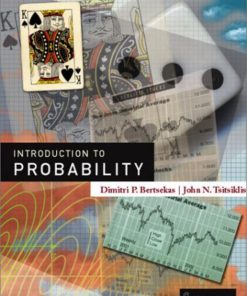Introduction to Electromagnetism From Coulomb to Maxwell 2nd Edition by Martin Sibley 9781000352399 1000352390
$50.00 Original price was: $50.00.$25.00Current price is: $25.00.
Introduction to Electromagnetism From Coulomb to Maxwell 2nd Edition by Martin Sibley – Ebook PDF Instant Download/Delivery: 9781000352399, 1000352390
Full dowload Introduction to Electromagnetism From Coulomb to Maxwell 2nd Edition after payment
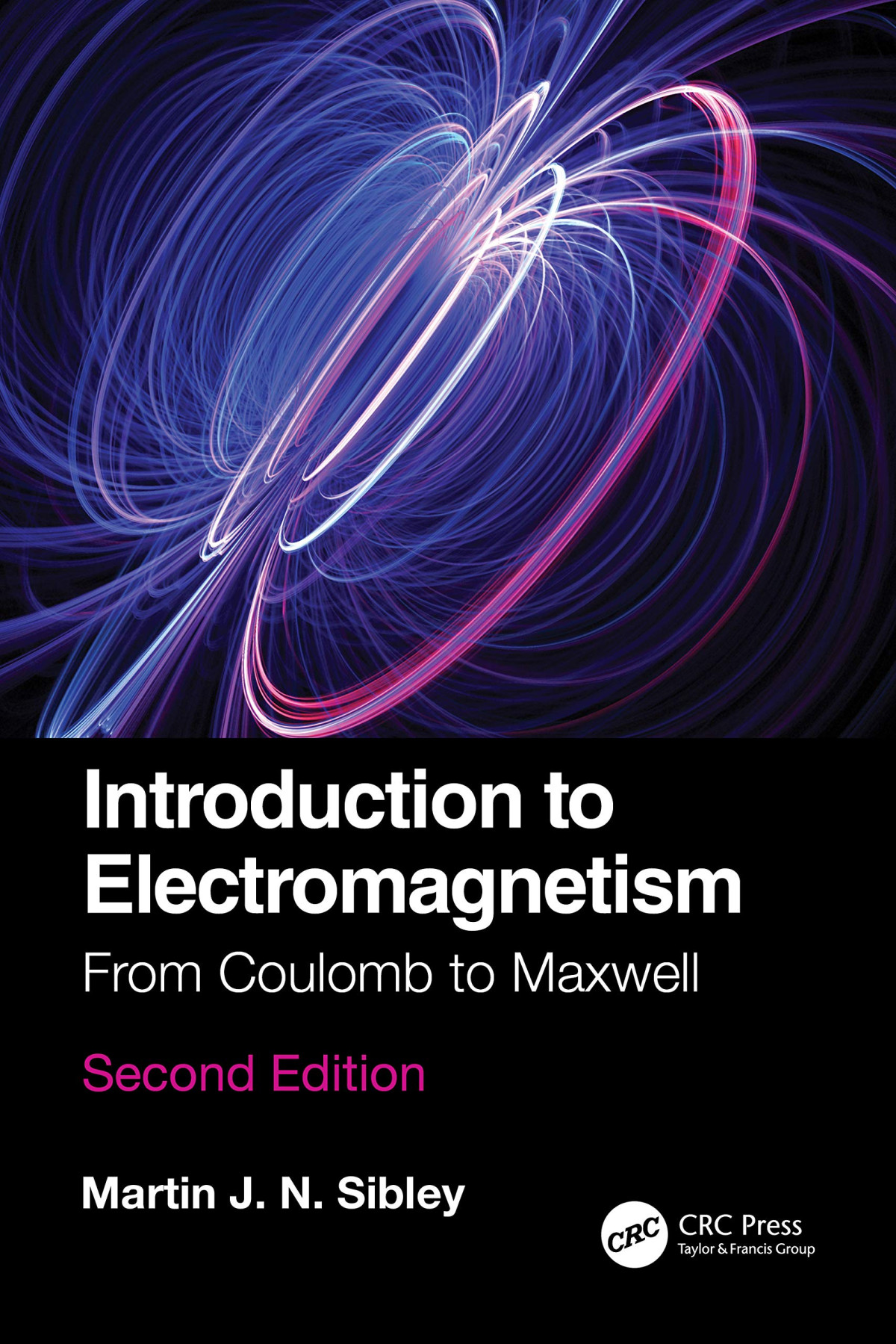
Product details:
• ISBN 10:1000352390
• ISBN 13:9781000352399
• Author:Martin Sibley
Introduction to Electromagnetism
From Coulomb to Maxwell
This edition aims to expand on the first edition and take the reader through to the wave equation on coaxial cable and free-space by using Maxwell’s equations. The new chapters include time varying signals and fundamentals of Maxwell’s equations. This book will introduce and discuss electromagnetic fields in an accessible manner. The author explains electroconductive fields and develops ideas relating to signal propagation and develops Maxwell’s equations and applies them to propagation in a planar optical waveguide. The first of the new chapters introduces the idea of a travelling wave by considering the variation of voltage along a coaxial line. This concept will be used in the second new chapter which solves Maxwell’s equations in free-space and then applies them to a planar optical waveguide in the third new chapter. As this is an area that most students find difficult, it links back to the earlier chapters to aid understanding. This book is intended for first- and second-year electrical and electronic undergraduates and can also be used for undergraduates in mechanical engineering, computing and physics. The book includes examples and homework problems. Introduces and examines electrostatic fields in an accessible manner Explains electroconductive fields Develops ideas relating to signal propagation Examines Maxwell’s equations and relates them to propagation in a planar optical waveguide Martin Sibley recently retired after 33 years of teaching at the University of Huddersfield. He has a PhD from Huddersfield Polytechnic in Preamplifier Design for Optical Receivers. He started his career in academia in 1986 having spent 3 years as a postgraduate student and then 2 years as a British Telecom-funded research fellow. His research work had a strong bias to the practical implementation of research, and he taught electromagnetism and communications at all levels since 1986. Dr. Sibley finished his academic career as a Reader in Communications, School of Computing and Engineering, University of Huddersfield. He has authored five books and published over 80 research papers.
Introduction to Electromagnetism From Coulomb to Maxwell 2nd Table of contents:
Chapter 1 Introduction
1.1 Historical Background
1.2 Atomic Structure
1.3 Vectors and Coordinate Systems
1.4 Line, Surface and Volume Integrals
1.5 Structure of this Book
Chapter 2 Electrostatic Fields
2.1 Coulomb’s Law
2.2 Electric Flux and Electric Flux Density
2.3 The Electric Field and Electric Field Strength
2.4 Electric Potential
2.5 Equipotential Lines
2.6 Line Charges
2.6.1 Gauss’ Law Approach
2.6.2 Mathematical Approach
2.7 Surface Charges
2.7.1 Gauss’ Law Approach
2.7.2 Mathematical Approach
2.8 Volume Charges
2.9 Capacitors
2.9.1 Parallel Plate Capacitors
2.9.2 Coaxial Cable
2.9.3 Twin Feeder
2.9.4 Wire Over Ground – The Method of Images
2.9.5 Microstrip Line
2.9.6 Energy Storage
2.9.7 Force between Charged Plates
2.9.8 Low-Frequency Effects and Displacement Current
2.9.9 Capacitance as Resistance to Flux
2.9.10 Combinations of Capacitors
2.10 Some Applications
2.11 Summary
Chapter 3 Electromagnetic Fields
3.1 Some Fundamental Ideas
3.2 Some Elementary Conventions Used in Electromagnetism
3.3 The Biot-Savart Law
3.4 Electromagnetic Flux, Flux Density and Field Strength
3.5 Comment
3.6 Magnetic Field Strength and Ampere’s Circuital Law
3.7 The Force between Current-Carrying Wires – The Definition of the Ampere
3.8 The Magnetic Field of a Circular Current Element
3.9 The Solenoid
3.10 The Toroidal Coil, Reluctance and Magnetic Potential
3.11 Inductance
3.11.1 Simple Coil
3.11.2 Self-Inductance of a Single Wire
3.11.3 Coaxial Cable
3.11.4 Twin Feeder
3.11.5 Microstrip Lines
3.11.6 Energy Storage
3.11.7 Force Between Two Magnetic Surfaces
3.11.8 Low-Frequency Effects
3.12 Some Applications
3.13 Summary
Chapter 4 Electroconductive Fields
4.1 Current Flow
4.2 Potential and Electric Field Strength
4.3 Current Density and Conductivity
4.4 Resistors
4.4.1 Capacitors
4.4.2 Coaxial Cable
4.4.3 Twin Feeder
4.4.4 Microstrip Lines
4.4.5 Kirchhoff’s Voltage and Current Laws
4.4.6 Combinations of Resistors
4.5 Some Applications
4.6 Summary
Chapter 5 Comparison of Field Equations
5.1 Force Fields
5.2 Flux, Flux Density and Field Strength
5.3 Potential and Resistance to Flux
5.4 Energy Storage
5.5 Force
5.6 Summary
Chapter 6 Dielectrics
6.1 Electric Dipoles and Dipole Moments
6.2 Polarization and Relative Permittivity
6.3 Boundary Relationships
6.4 Dielectric Strength and Materials
Chapter 7 Ferromagnetic Materials and Components
7.1 Magnetic Dipoles and Permanent Magnets
7.2 Polarization and the B/H Curve
7.3 Boundary Relationships
7.4 Iron-Cored Transformers
7.5 Electrical Machinery
7.6 The Magnetic Circuit
Chapter 8 Waves in Transmission Lines
8.1 The Lossless Transmission Line
8.2 The Lossy Transmission Line
8.3 Pulses on a Transmission Line
Chapter 9 Maxwell’s Equations and Electromagnetic Waves
9.1 Integral Form of Maxwell’s Equations
9.2 Differential Form of Maxwell’s Equations
9.3 Electromagnetic Wave Propagation in Free-Space
9.4 Electromagnetic Wave Propagation in Lossy Media
9.5 Skin Effect
9.6 Comment
Chapter 10 The Planar Optical Waveguide
10.1 Reflection at Boundaries
10.2 Propagation in Planar Optical Waveguides
10.2.1 Ray Path Analysis
10.2.2 Maxwell’s Equations in the Planar Optical Waveguide
Problems
Bibliography
Index
People also search for Introduction to Electromagnetism From Coulomb to Maxwell 2nd:
introduction to electrodynamics solutions
introduction to electrodynamics 5th edition solutions
introduction to electrodynamics chegg
introduction to electrodynamics 3rd edition solutions
best introduction to electromagnetism book
You may also like…
Computers - Programming
Introduction to Software Engineering 2nd Edition Ronald J. Leach
Uncategorized
Science (General)
An Introduction to Decision Theory 2nd Edition Martin Peterson
Science (General)
Engineering - Telecommunications
Modern Telecommunications: Basic Principles and Practices Martin J. N. Sibley
Mathematics - Probability
Introduction To Probability 2nd Edition Dimitri P Bertsekas John N Tsitsiklis
Religion & Spirituality - Religious Studies
A Critical Introduction to the Study of Religion 2nd Edition Craig 9781315474410
Languages - General & Miscellaneous Languages - Reference
Introduction to Attic Greek Answer Key 2nd edition Donald J. Mastronarde




